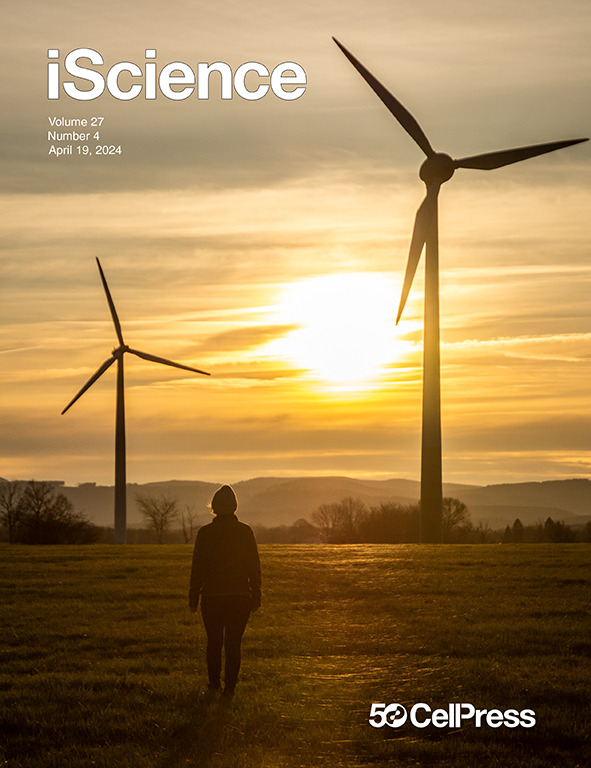Spinal implant wear particles: Generation, characterization, biological impacts, and future considerations
IF 4.6
2区 综合性期刊
Q1 MULTIDISCIPLINARY SCIENCES
引用次数: 0
Abstract
The generation of wear debris from orthopedic implants is a known cause of implant failure, particularly in joint replacements. While much research has focused on wear particles from knee and hip implants, spinal implants, such as total disc replacements (TDRs), have received less attention despite their increasing clinical use. Spinal implants face unique biomechanical challenges, including a wider range of motion and higher loads, leading to complex tissue interactions. Studies reveal that TDR wear particles, though similar in size to those from knee implants, cause a stronger immune response, with more macrophages and giant cells found in the surrounding tissue. This may explain the high revision rates seen in spinal surgeries, with some interventions failing in over 30% of cases within 10 years. The younger population undergoing spinal surgery, combined with the productivity losses associated with implant failure, underscores the need for greater understanding. This review discusses recent research on the generation, characterization, and biological impacts of spinal implant wear debris. It draws on retrieval analysis, wear simulation, in vivo models, and a survey conducted with the AO Spine Knowledge Forum Degenerative to assess current clinical practices and highlight gaps in knowledge. Additionally, this critical review explores future strategies to reduce the biological impact of wear particles and improve the safety and longevity of spinal implants through better therapeutics and design innovations. By combining literature and clinical insights, this paper aims to guide future research in addressing the complexities of spinal implant wear and its biological consequences.

求助全文
约1分钟内获得全文
求助全文
来源期刊

iScience
Multidisciplinary-Multidisciplinary
CiteScore
7.20
自引率
1.70%
发文量
1972
审稿时长
6 weeks
期刊介绍:
Science has many big remaining questions. To address them, we will need to work collaboratively and across disciplines. The goal of iScience is to help fuel that type of interdisciplinary thinking. iScience is a new open-access journal from Cell Press that provides a platform for original research in the life, physical, and earth sciences. The primary criterion for publication in iScience is a significant contribution to a relevant field combined with robust results and underlying methodology. The advances appearing in iScience include both fundamental and applied investigations across this interdisciplinary range of topic areas. To support transparency in scientific investigation, we are happy to consider replication studies and papers that describe negative results.
We know you want your work to be published quickly and to be widely visible within your community and beyond. With the strong international reputation of Cell Press behind it, publication in iScience will help your work garner the attention and recognition it merits. Like all Cell Press journals, iScience prioritizes rapid publication. Our editorial team pays special attention to high-quality author service and to efficient, clear-cut decisions based on the information available within the manuscript. iScience taps into the expertise across Cell Press journals and selected partners to inform our editorial decisions and help publish your science in a timely and seamless way.
 求助内容:
求助内容: 应助结果提醒方式:
应助结果提醒方式:


